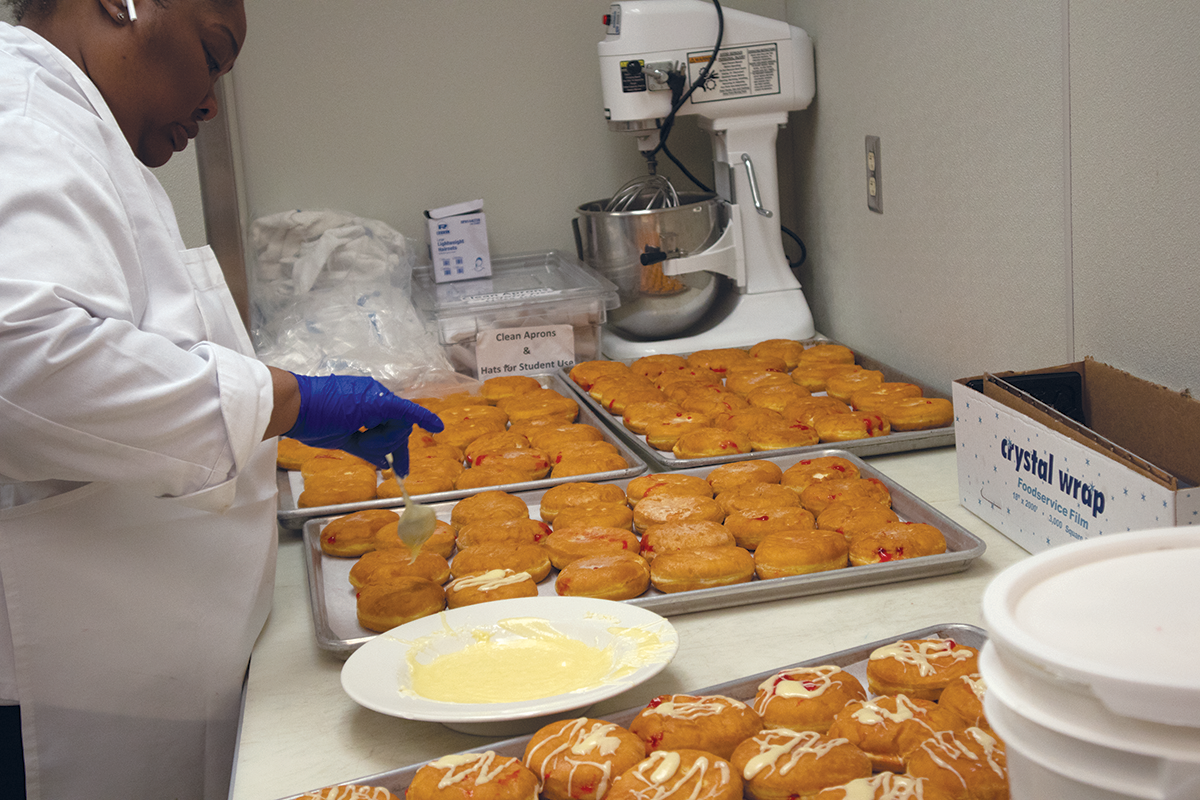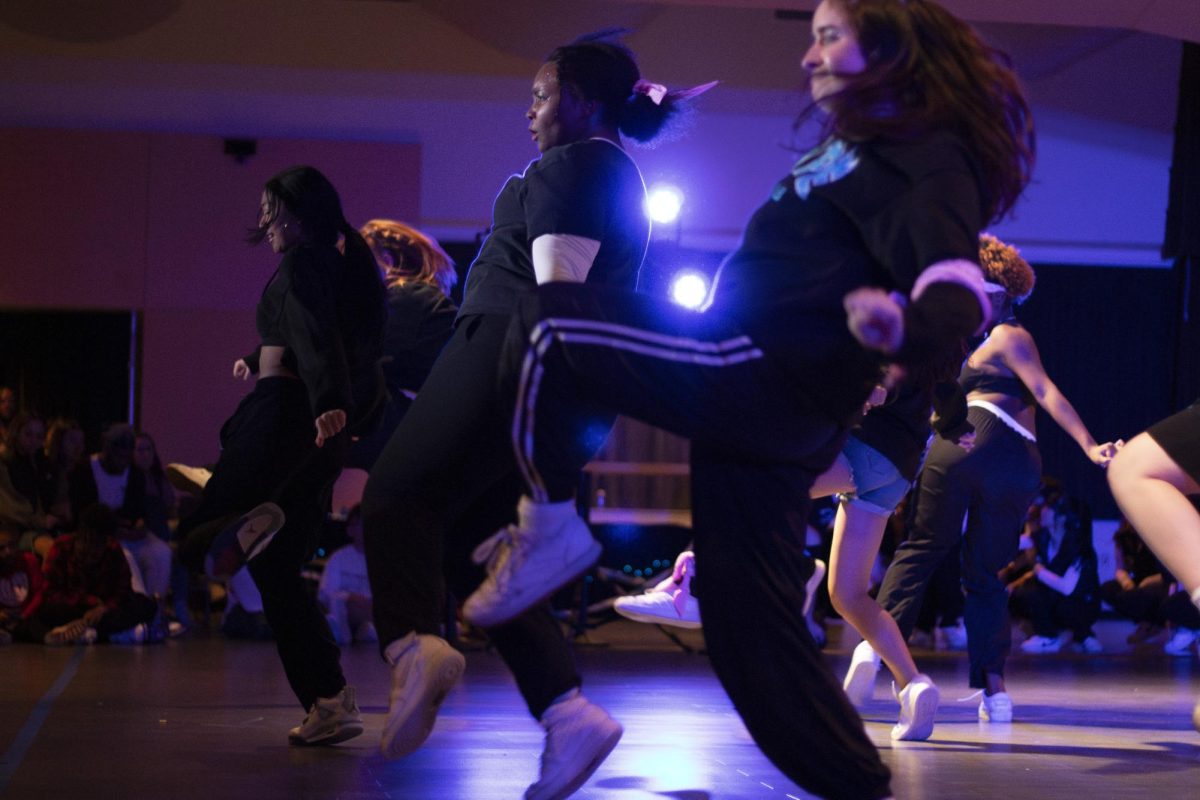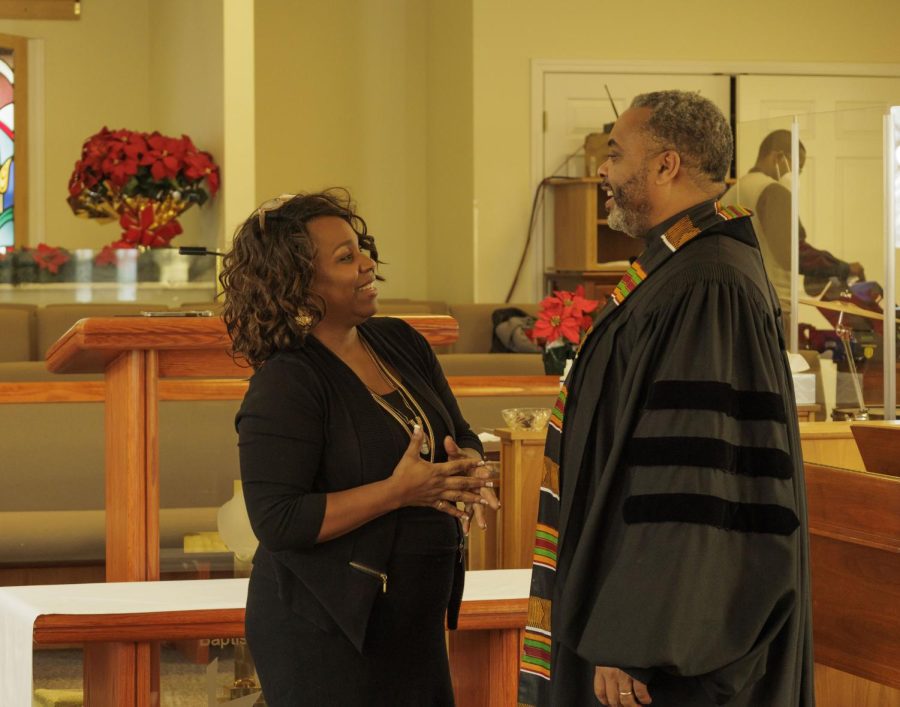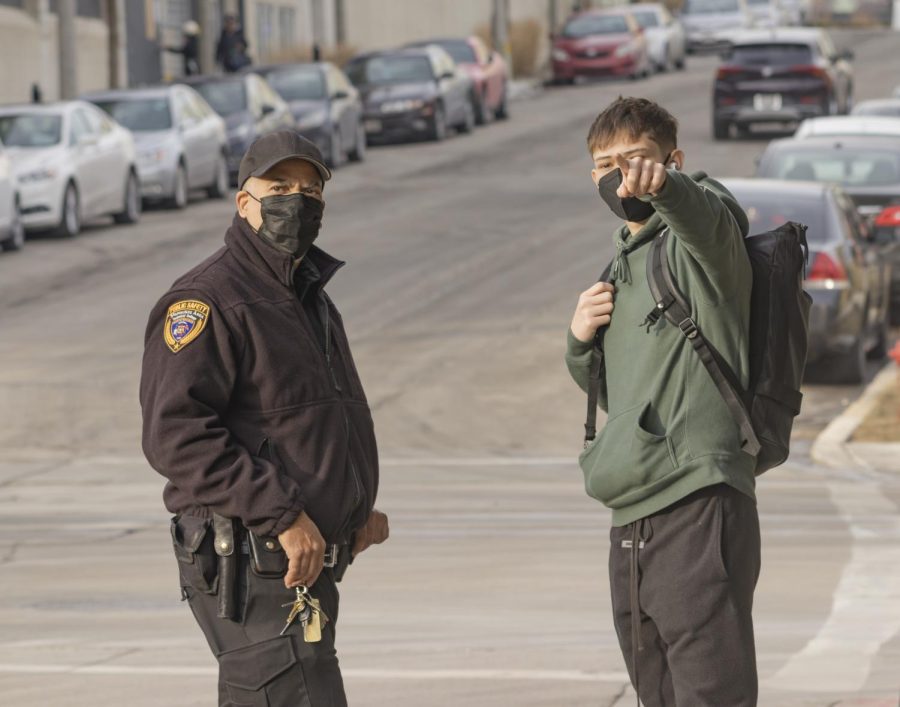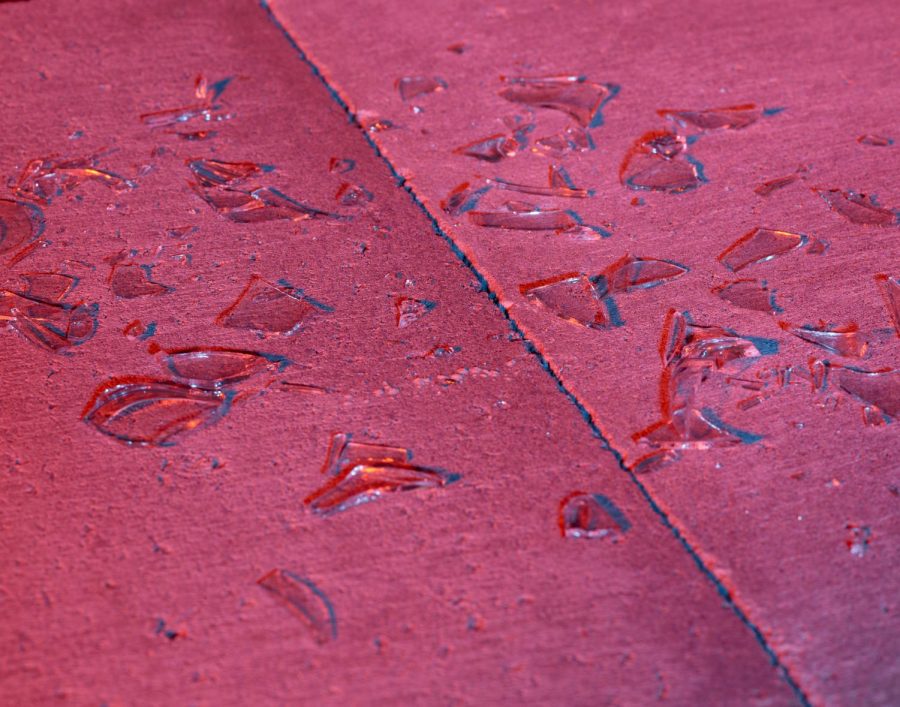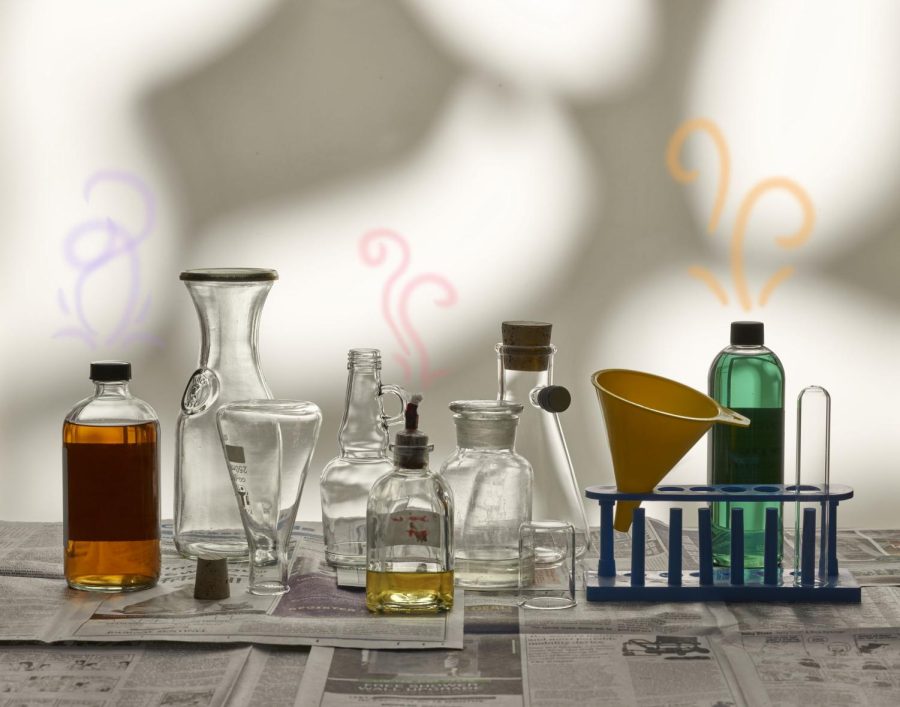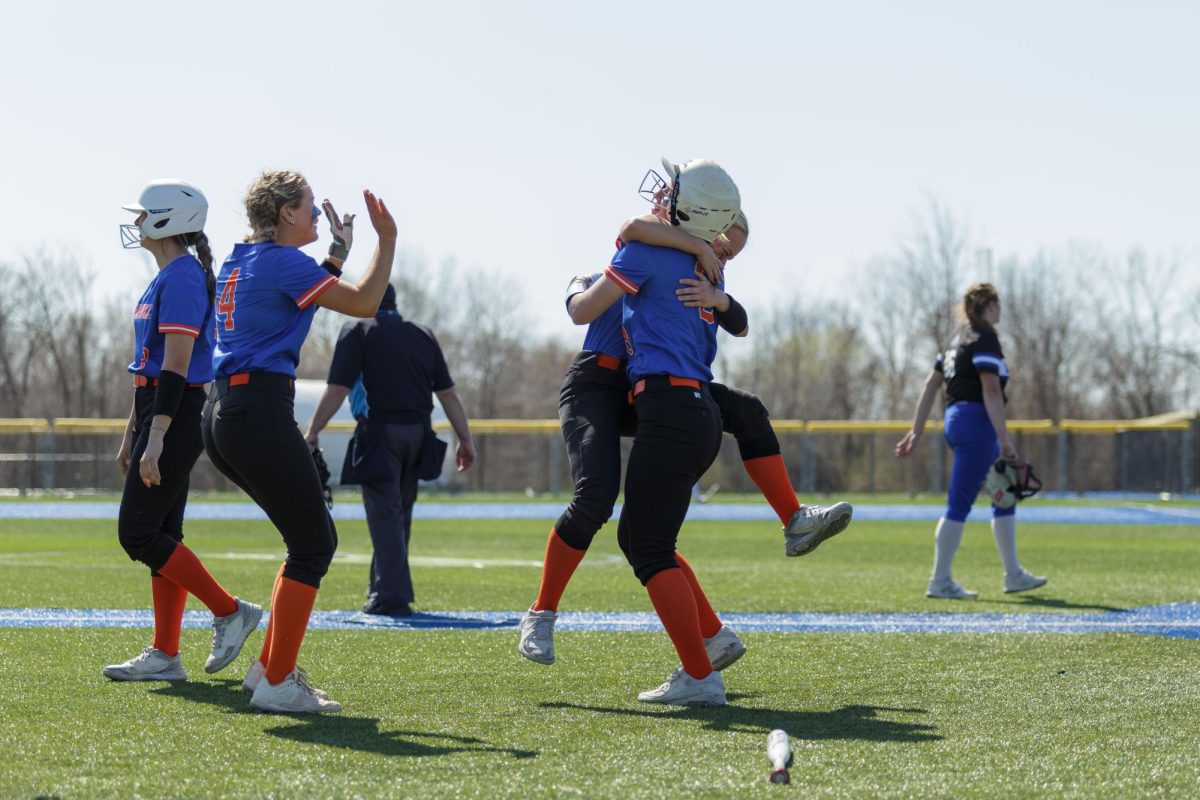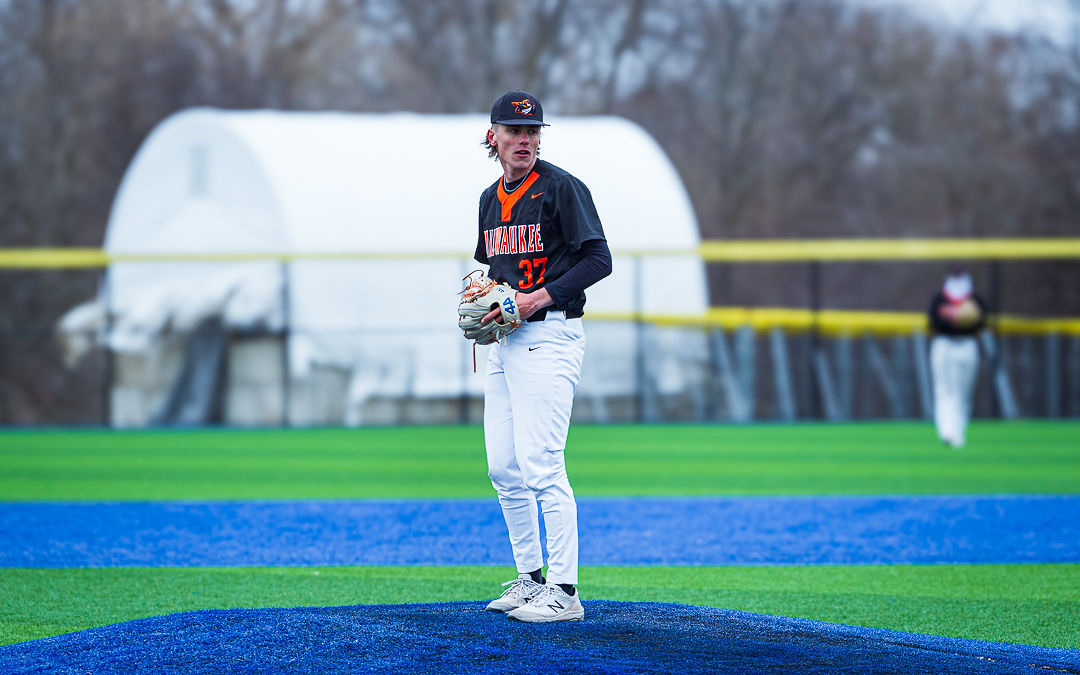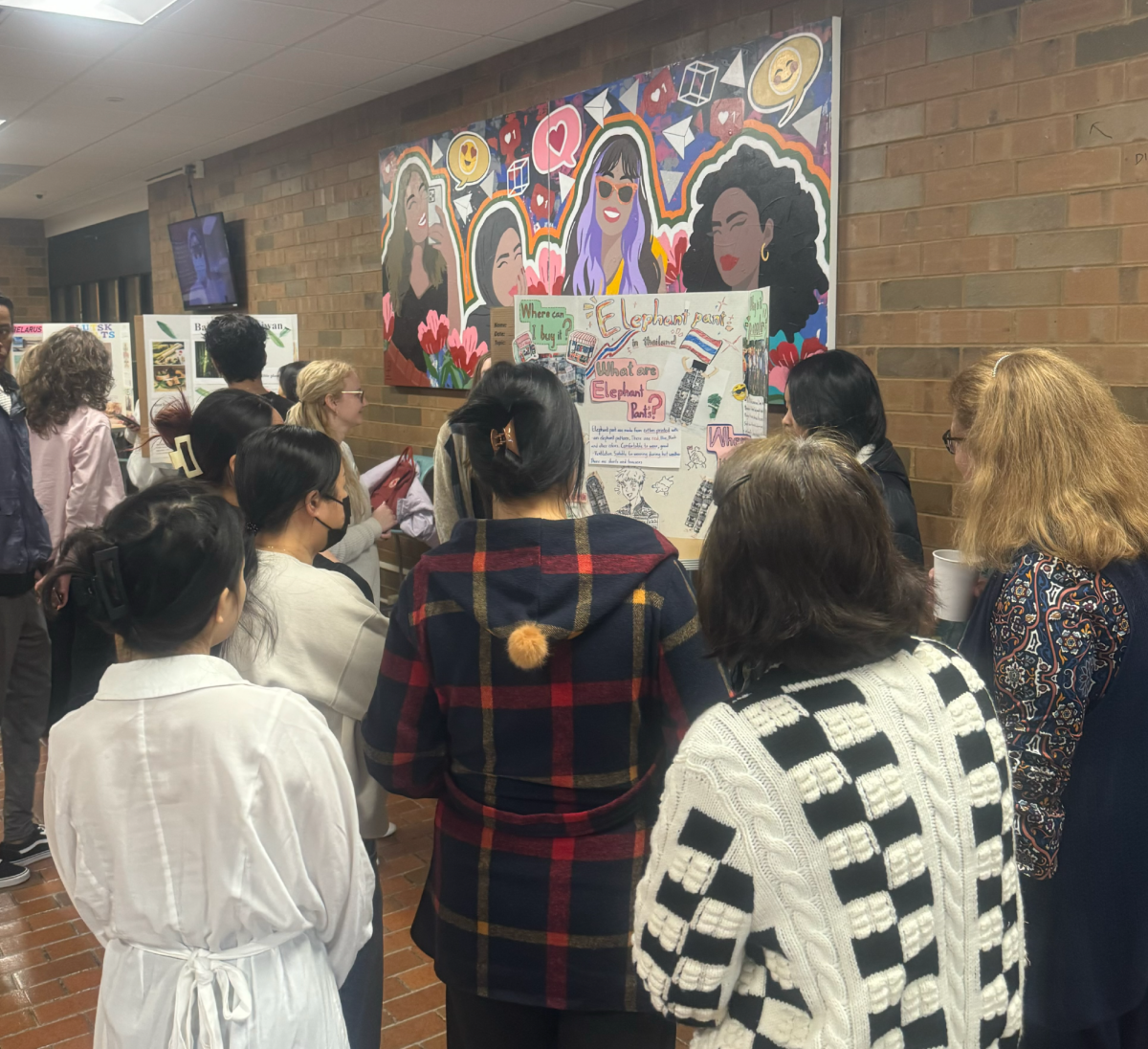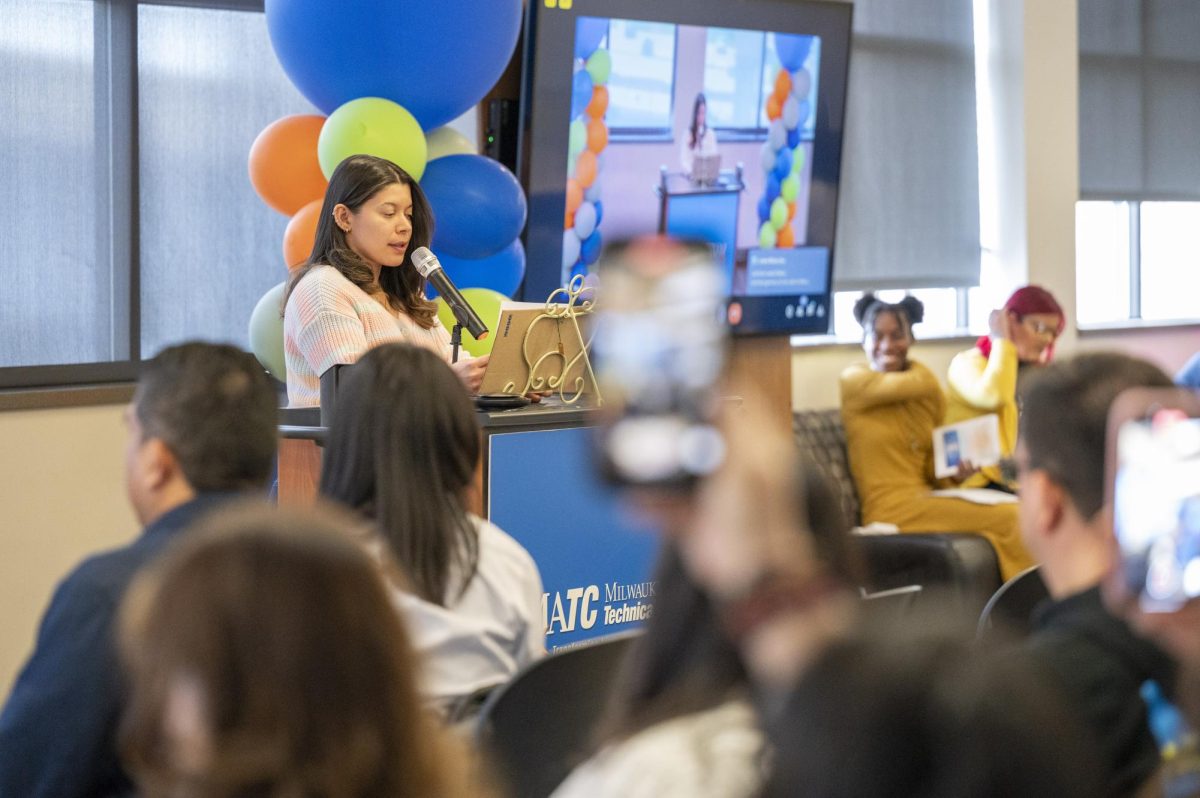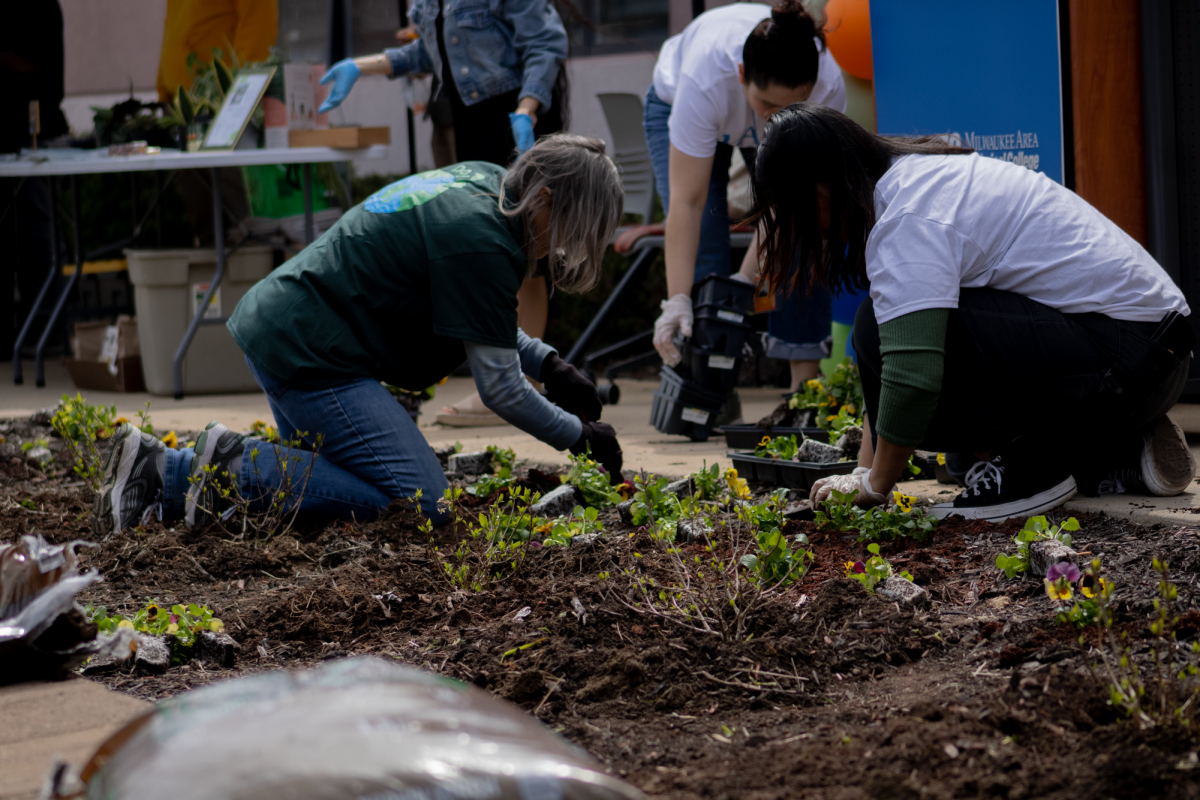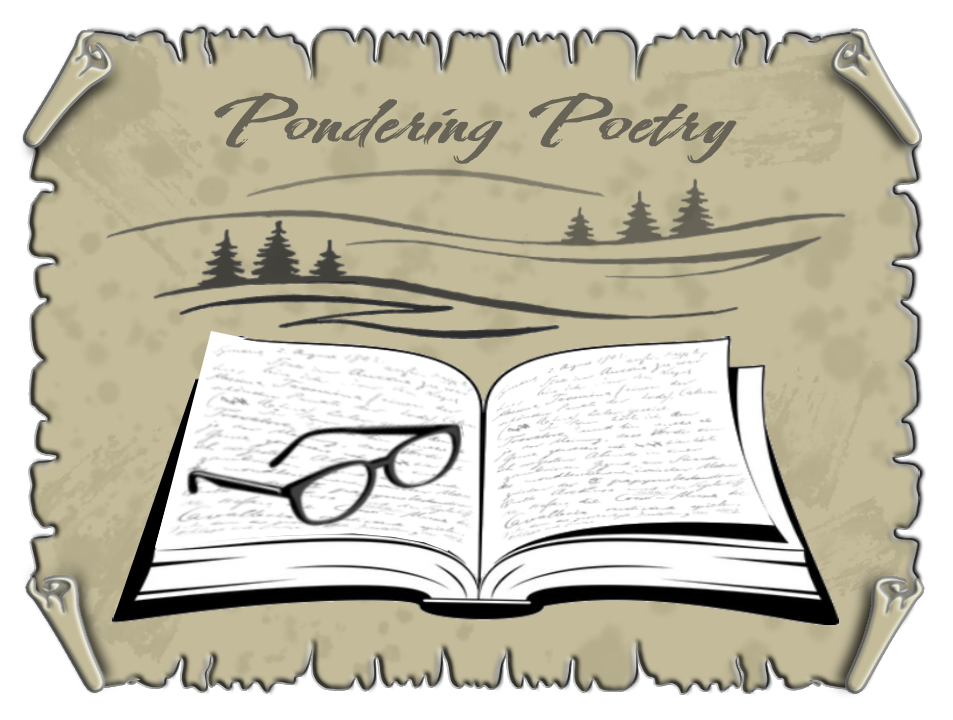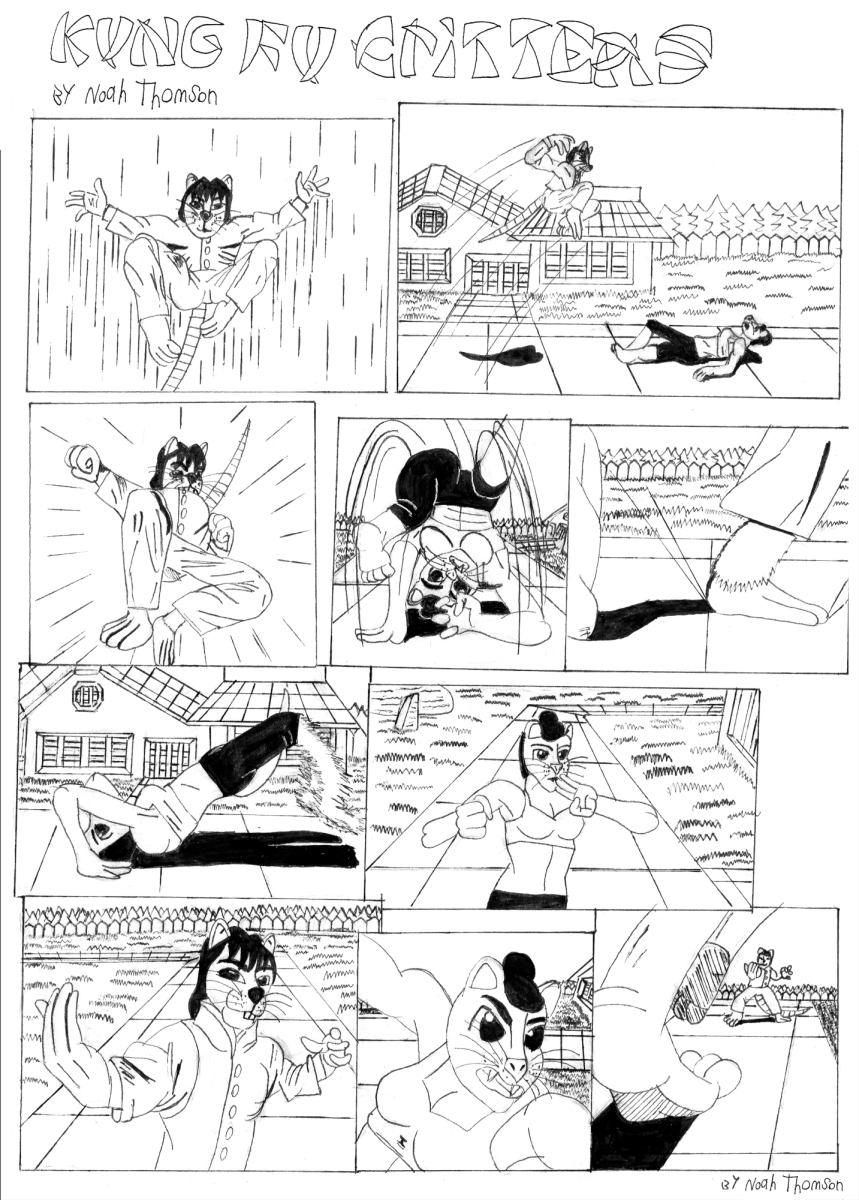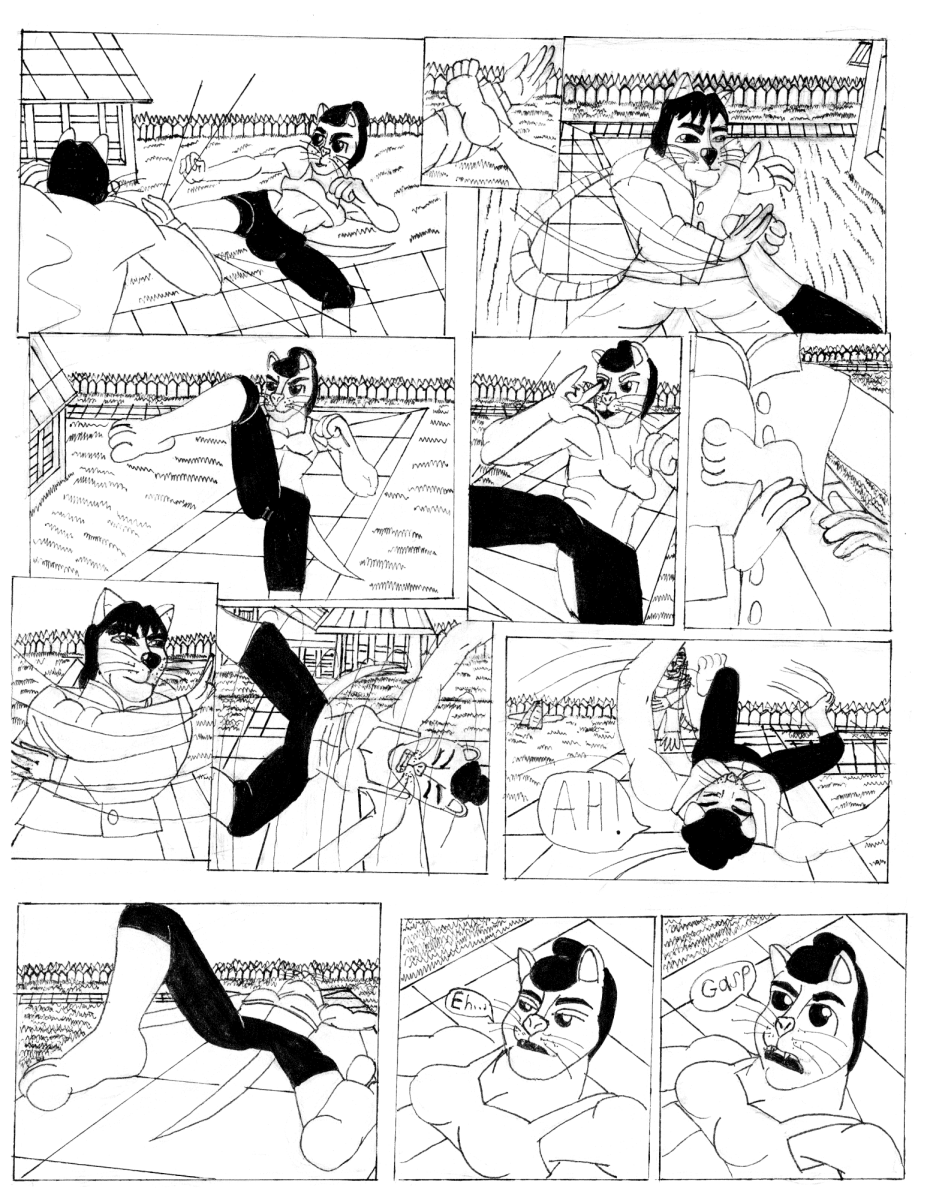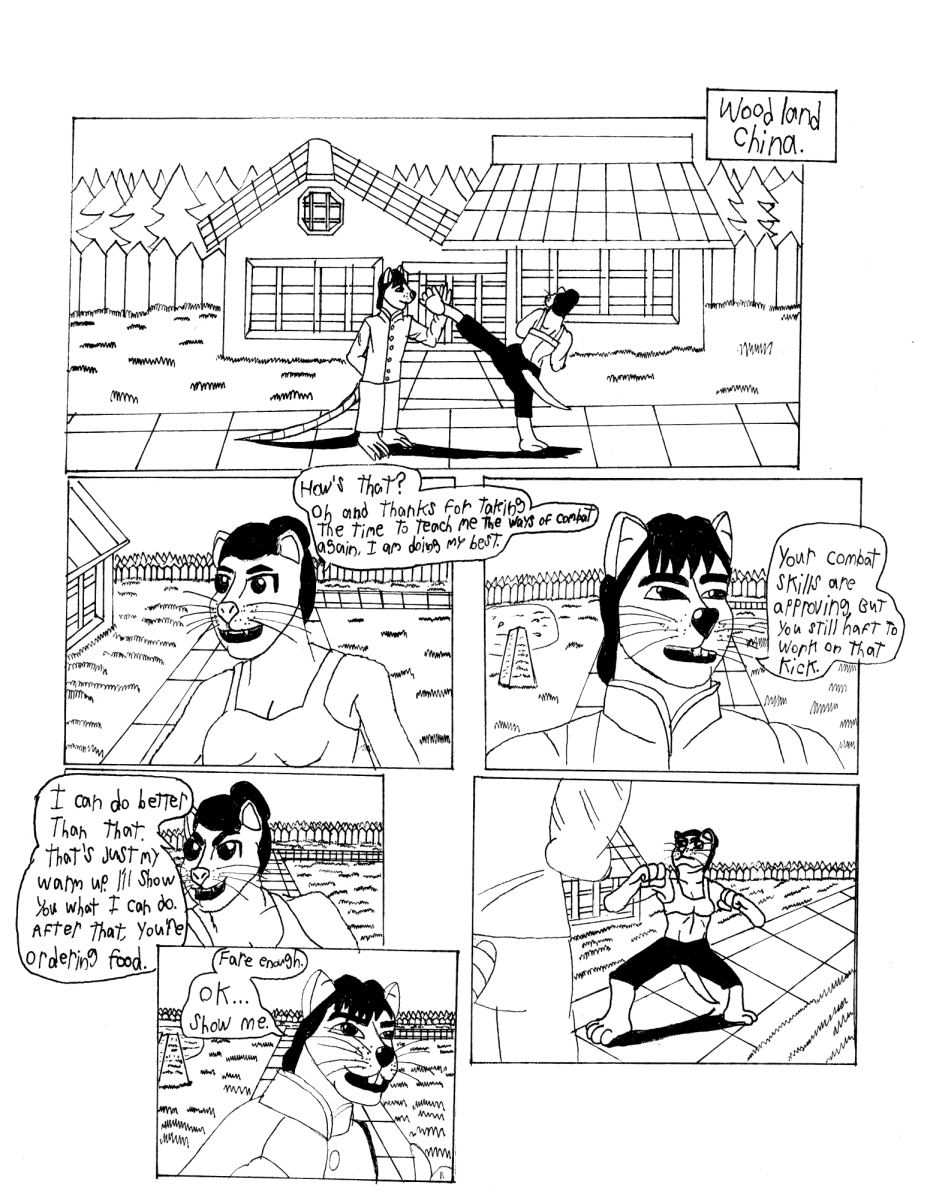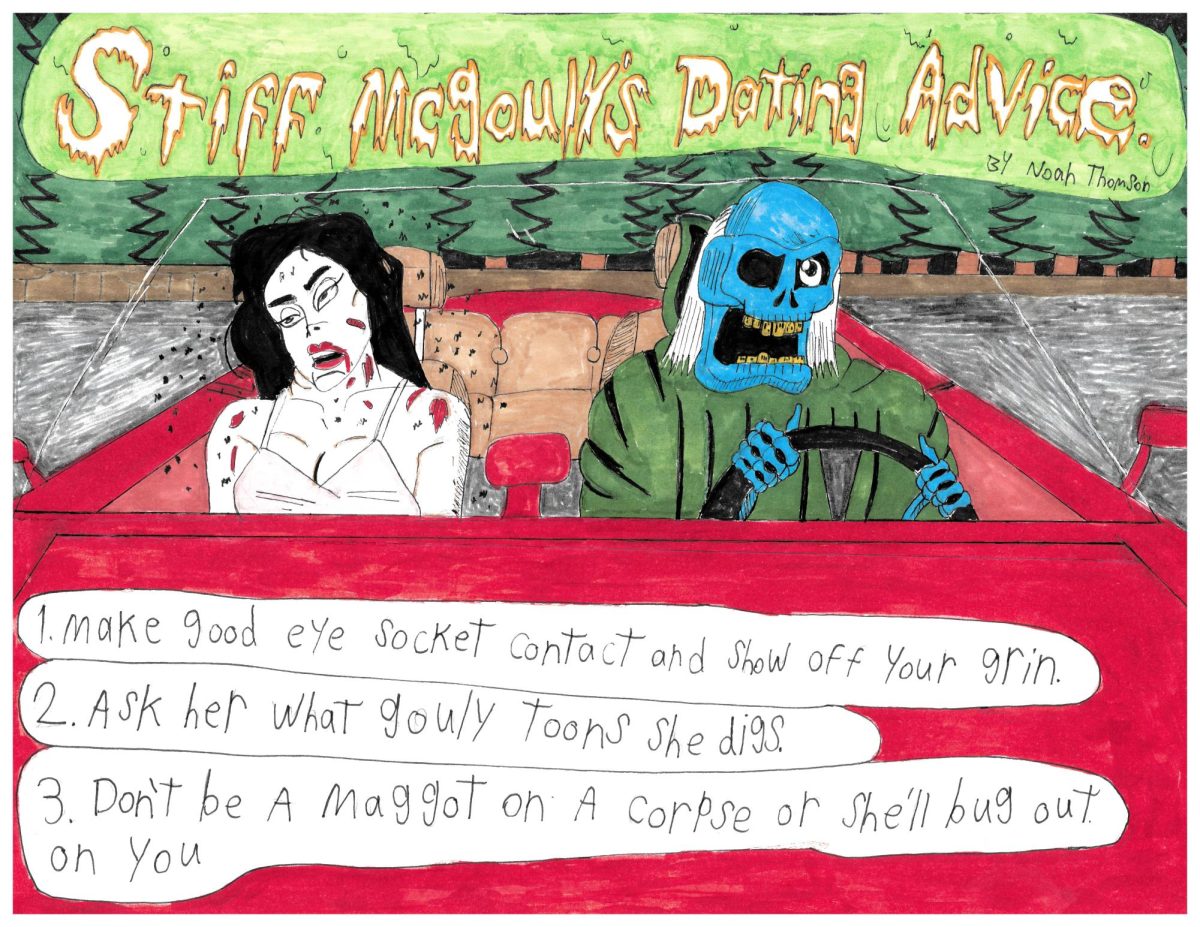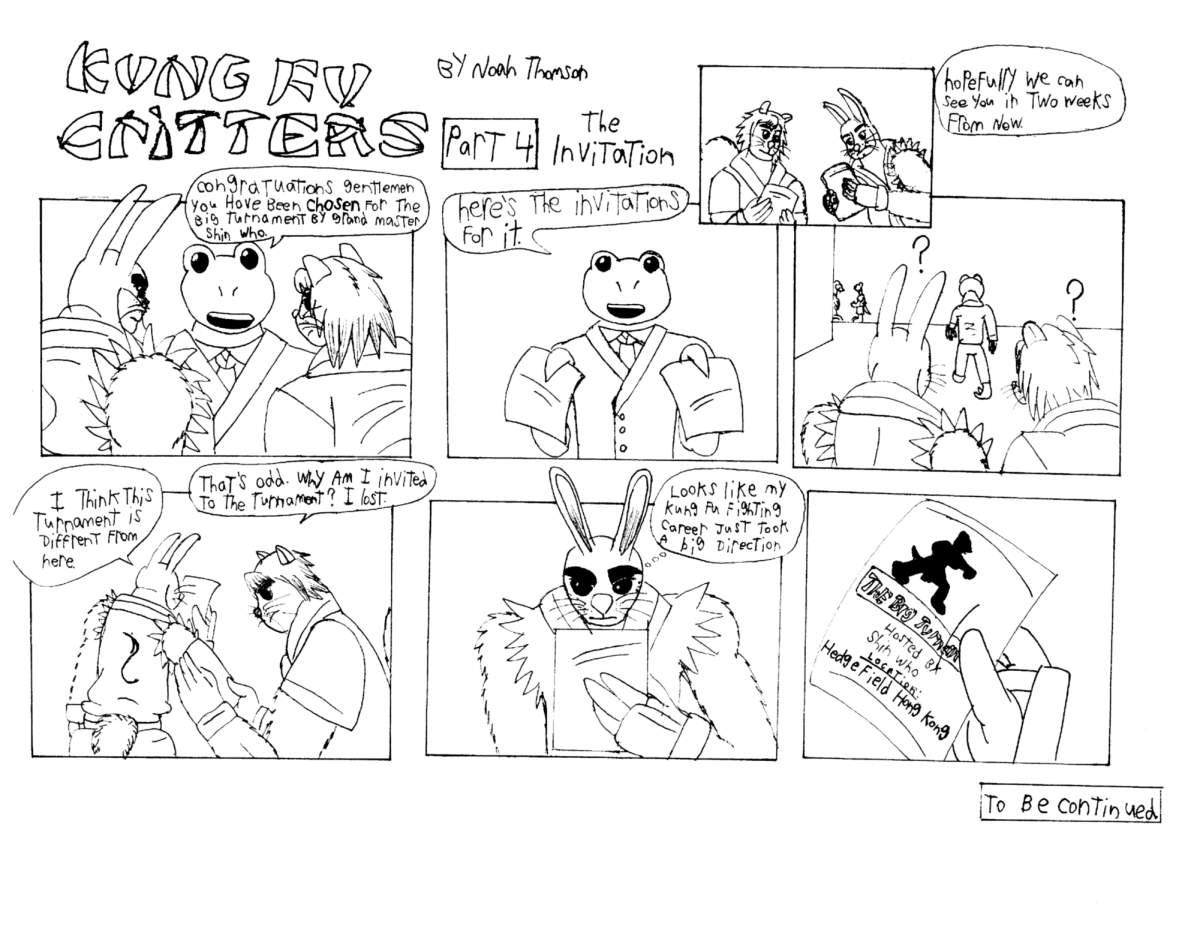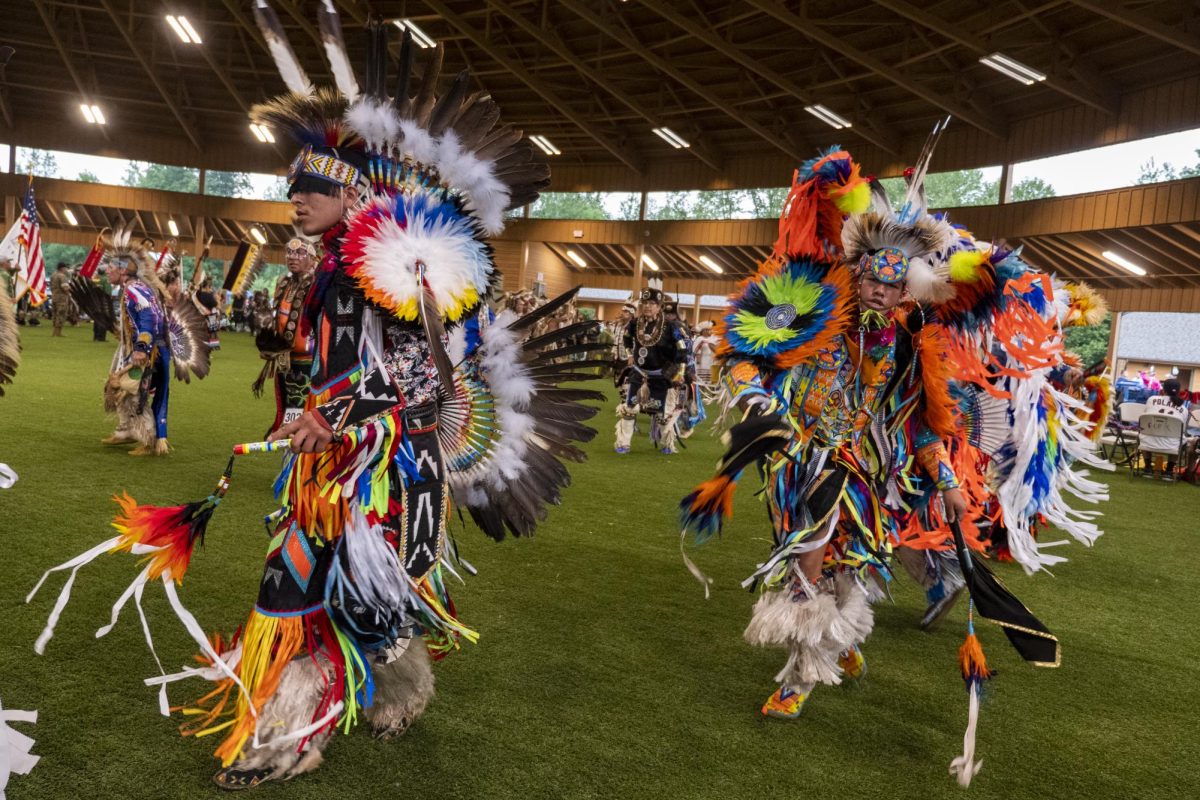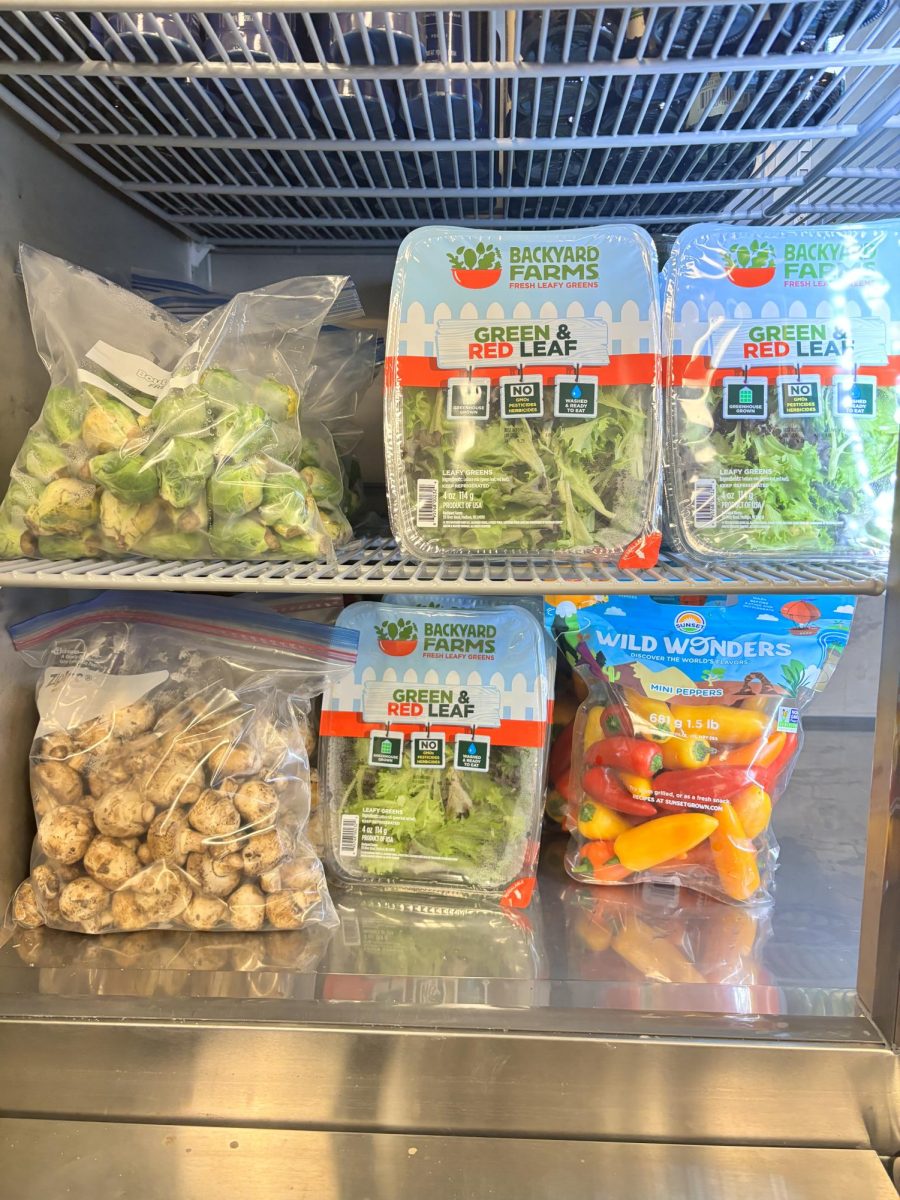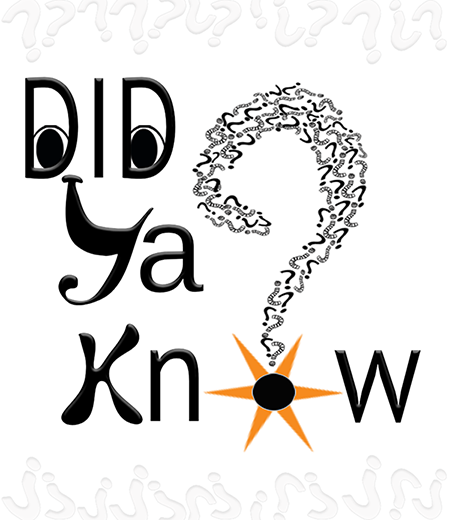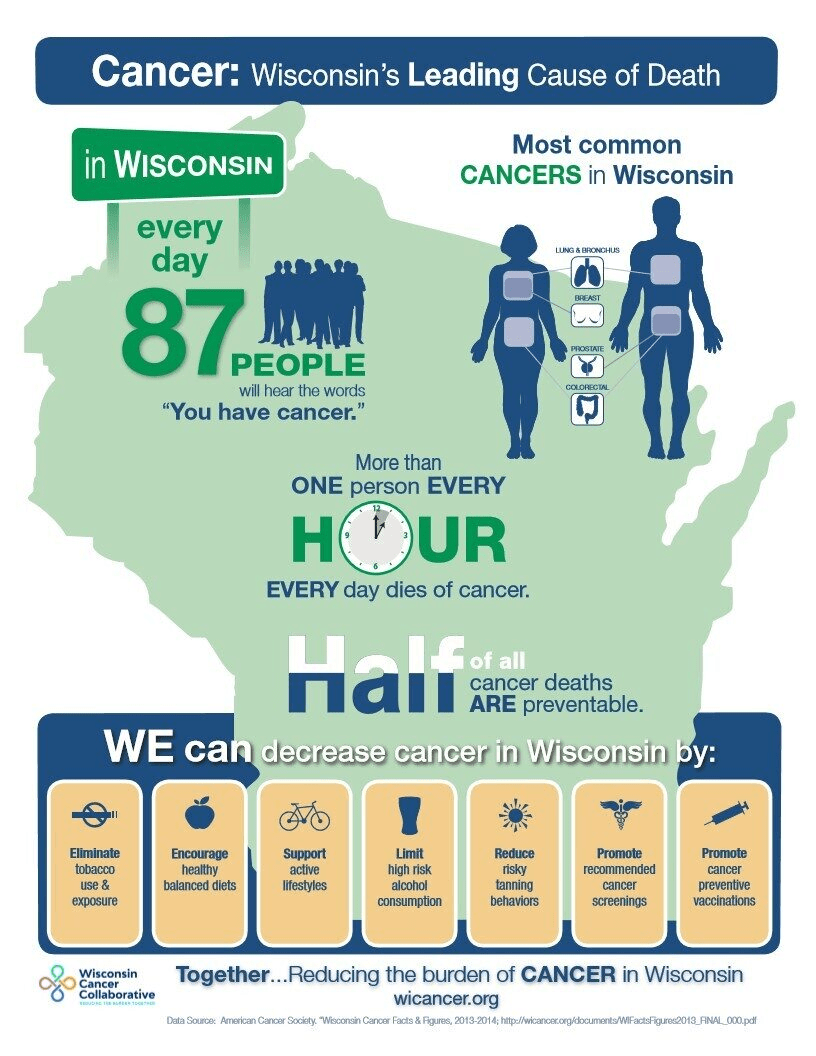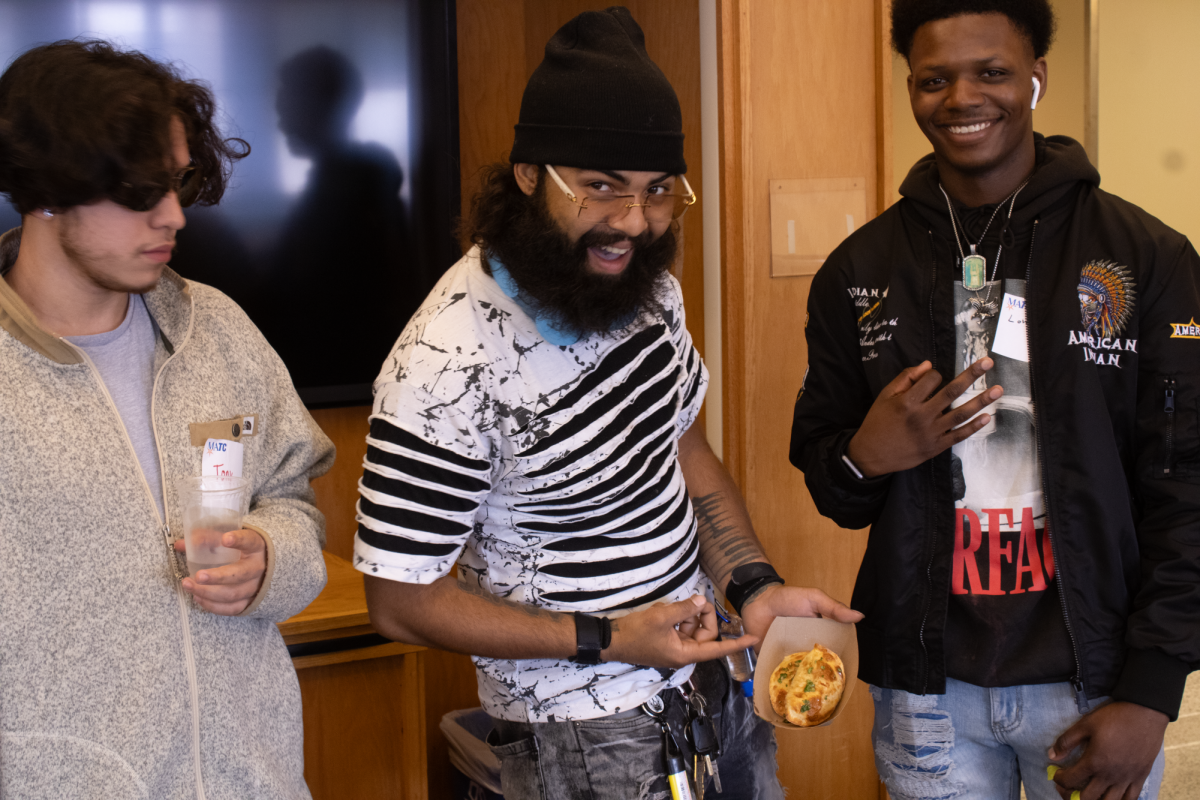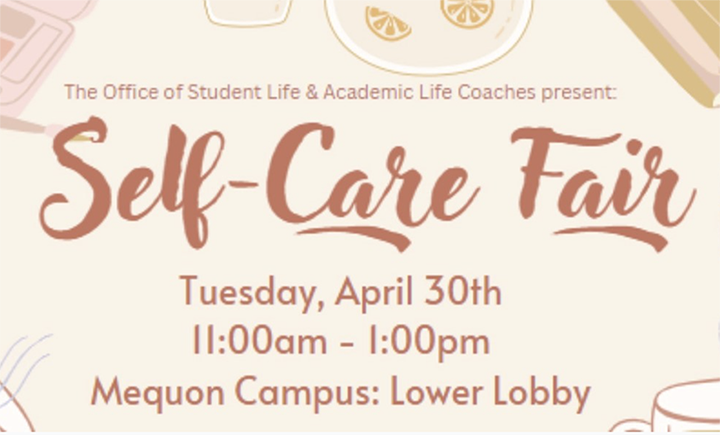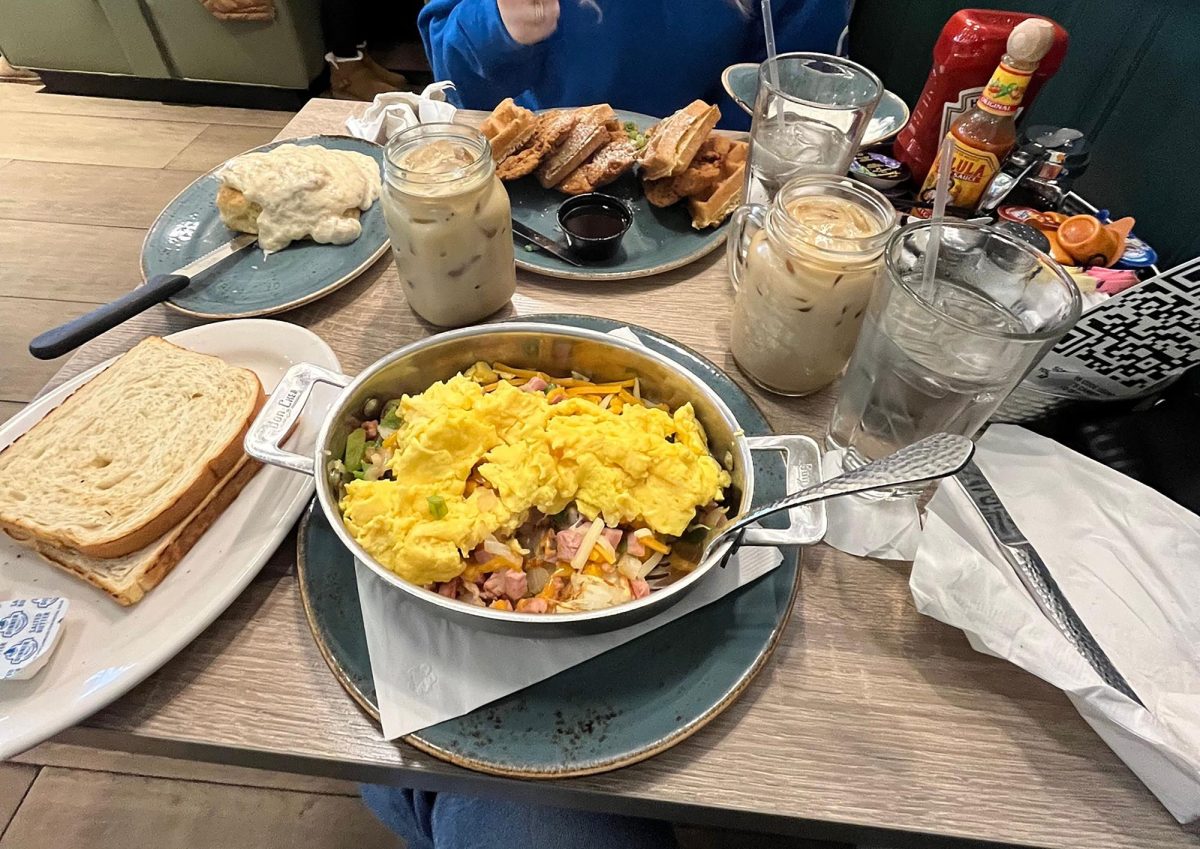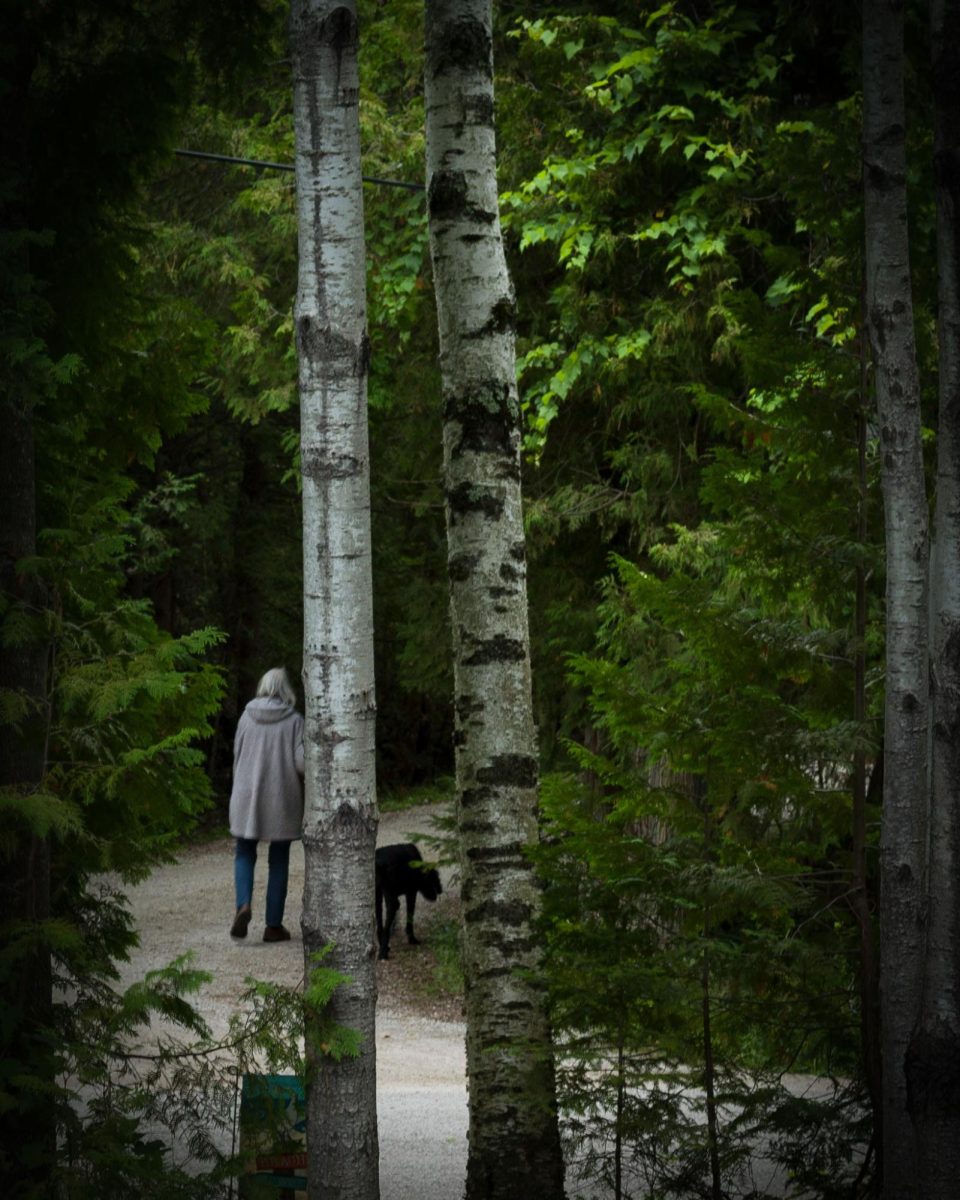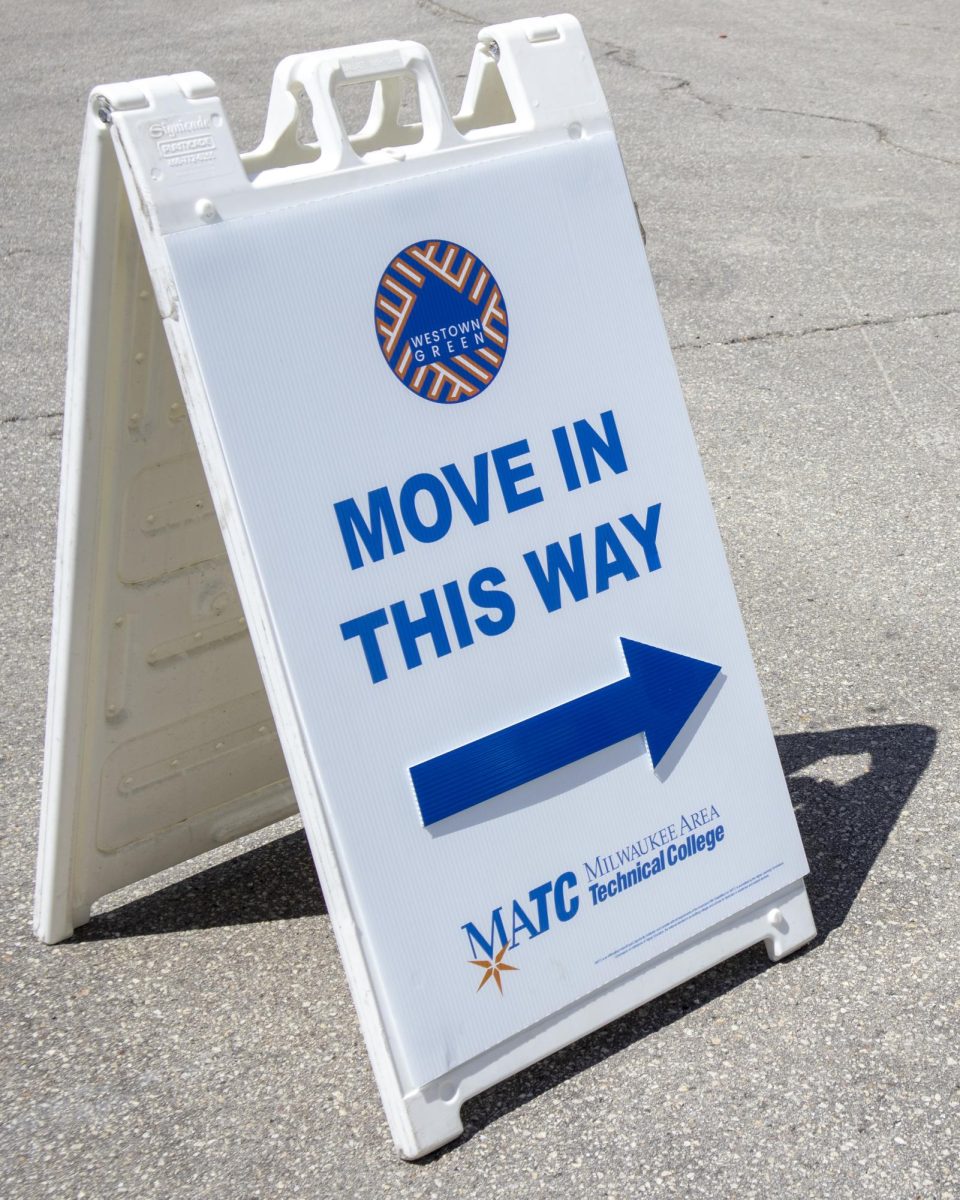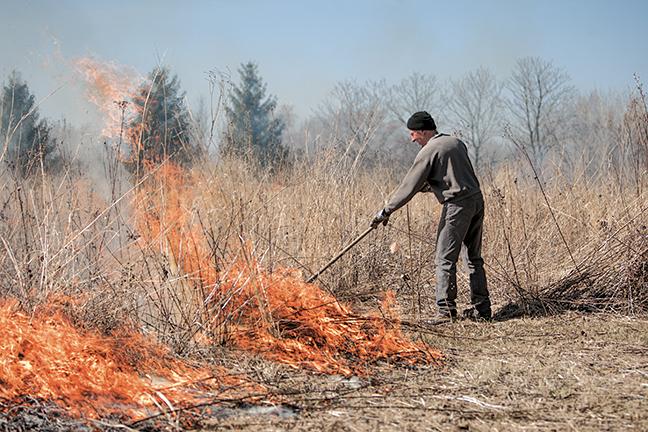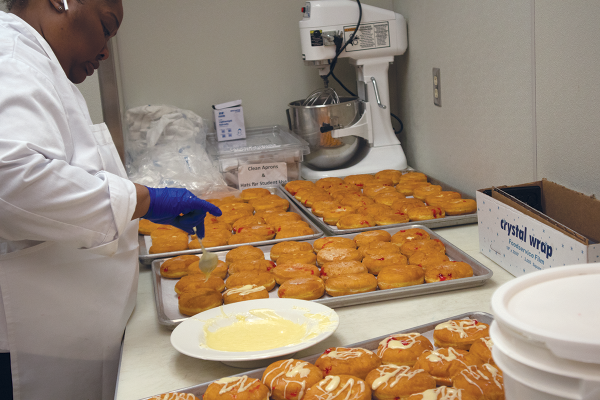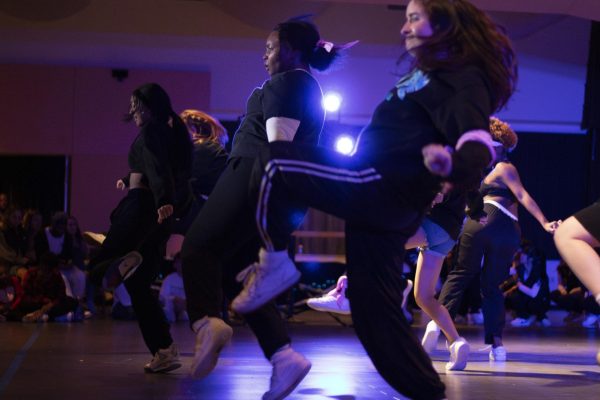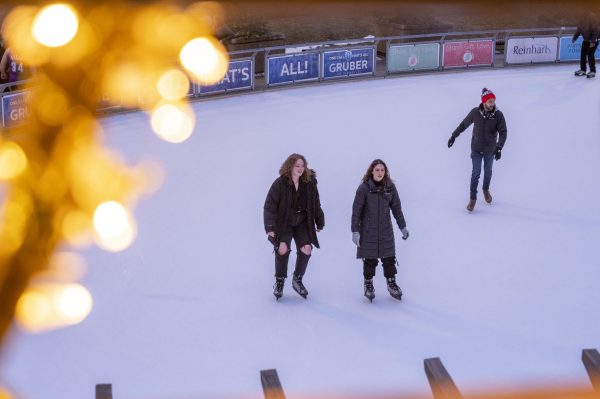Something’s burning
Photo by Wendi Coon/Times
Over spring break, MATC Mequon horticulture students assisted landowner Ben Arnold (above) in a controlled prairie fire to reduce the spread of invasive species.
Spring Field Study of Native Plant Communities, is a course in which students learn about native wetland and woodland ecology, sustainability, and invasive plant species. An integral part of the course is community. One way students give back to their community is by donating their time to help improve the environment. Over spring break, some of the students participated in a controlled burn of nearly six acres of prairie land owned by Ben Arnold of Mequon.
A controlled burn is an integral part of a healthy prairie. It is an efficient way to control invasive plant species, remove debris and add nutrients to the land. The fire is usually fast burning and does not damage plants’ roots. It produces ash, which is nutrient rich for the soil, and the exposed, blackened ground receives more sunlight, which warms the soil and extends the growing season.
This is an extraordinary example of over 30 years restoration of 20 acres from farm field to a tall grass prairie resplendent with native plants, ponds and trees. Visitors will see how the hard work of a caring landowner provided habitat to many birds, insects and animals. This is not your ordinary prairie! You will be hard pressed to find any invasive plants on this work of nature’s art. This property is on the Natural Resources Foundation of Wisconsin and Schlitz Audubon Nature Center field trip list.
Students look forward to this burn all semester. “It was a fascinating learning experience! Our teacher, Carol Bangs, had prepped us thoroughly on the procedures. From acceptable wind speed to the process itself and safety precautions. The first thing our trio did was start a backfire on the west end of the six acres–a tough job trying to get the burn going against the wind but necessary to create a fire break when the other team’s burn started coming toward it,” stated Bunny Raasch-Hooten.
Arnold grew up on a large central Wisconsin farm. Besides having a dairy herd, this farm was known in the area for raspberries, strawberries, apples, sweet corn and much more. The family farm also had many acres of timber and native habitat. As a child, Arnold spent his free hours exploring nature firsthand. Upon graduation from UW-Stout and an industrial education teaching job at Tech High School in Milwaukee, Arnold was not satisfied after a few years with urban living and purchased his land in Mequon as soon as he could, missing the natural setting of home. Arnold commented, “Life without being surrounded in nature is a life I could not live.”
MATC Horticulture students use this site for educational purposes under the direction of Carol Bangs. Several other organizations and many individuals have toured here also. The property is open only by appointment. In the fall, students taking Fall Field Study of Native Plant Communities will study prairies, woodlands and Lake Michigan.
They will also return to the prairie to see the results of their work. Students that complete both courses receive a certificate in Native Plant Studies.

